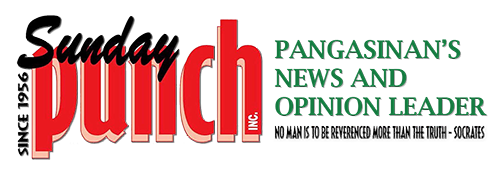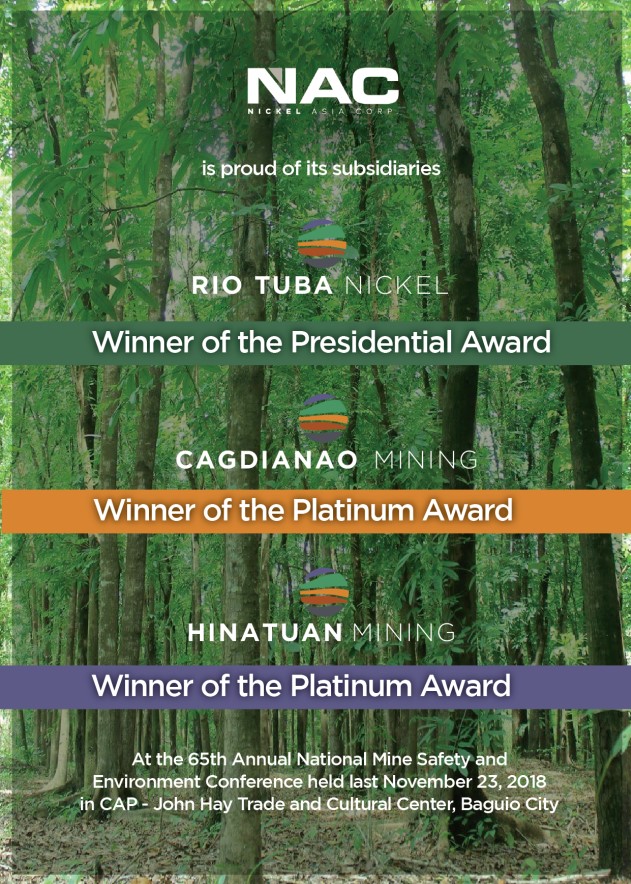Business Preposition
From bagoong padas to boneless danggit

By Roberto Garcia
Did you know that the fish used for making bagoong padas (fermented fish sauce) from Anda and Bolinao is the same species as the popular boneless danggit (dried fish) savoured in breakfast meals?
Which is the better deal for this type of fish, as a condiment or as a viand?
There are growing sentiments among conservationists that fermenting fish for making bagoong, especially high value species, is a waste of a good resource. Padas is the fry (baby fish) of the rabbitfish Siganus canaliculatus (locally known as” barangen”) which is abundantly found in the vast seagrass beds of Anda and Bolinao during certain seasons of the year. Fisherfolk usually collects hundreds of thousands of this species and sell them to bagoong makers instead of allowing them to grow bigger and get a higher market price. However, processing the fish by deboning and drying could get a premium price.
So how do we do it?
To get the optimum value of the padas resource, it would be best to culture them (it will take a period of about three to four months) to a certain size suitable for making boneless danggit. A fisherfolk can maintain a family-based operation by using a floating fish cage or fish pen set in protected coastal areas accessible to the supply of fry and feeds.
Rabbitfish feeds mainly on marine plants such as seagrass and seaweed. But to maintain a continuous supply of natural feed for many months, the family should also culture, alongside the fish, the seaweed, preferably gracilaria or locally known as lumut, both of which have been proven to be good food for rabbitfish. After reaching the desired size, the fish can be harvested and processed into the boneless delicacy.
The family members can provide the labor needed for collecting the fry, culturing the fish, processing, and marketing of the product. Local market price can go up to as much as P500/kilo, or higher even, depending on the place and type of market. Part of the harvest can also serve as the family’s food.
This endeavour can achieve several objectives: 1) maximizing the potential of a resource; 2) providing a lucrative livelihood to coastal families; 3) reducing fishing pressure in overfished areas; 4) providing food for the family; and 5) preserving the environment by using an ecologically friendly technique of fish culture.
This is one way of maintain the sustainability of the resource and thus the livelihood.
Share your Comments or Reactions
Powered by Facebook Comments






